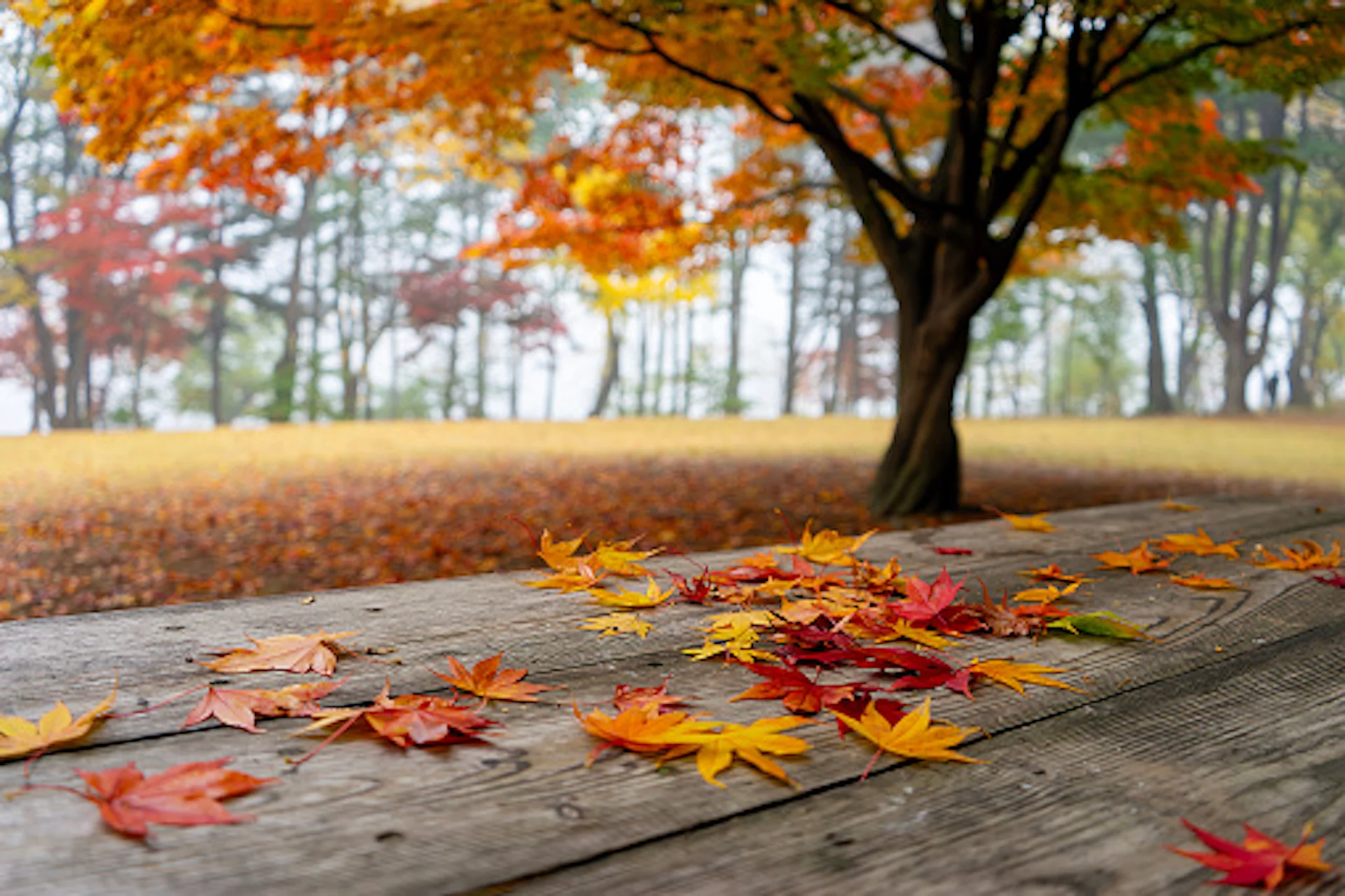
Some leaves are changing colour right now in parts of Ontario. Here's why
With still a little over a month of summer left, some Waterloo region residents have noticed the trees have already started to change colour.
Alison Morrison, the University of Guelph Arboretum manager and certified arborist, spoke with CBC Kitchener-Waterloo's The Morning Edition. She says it is indeed early for trees to be undergoing such changes and there are multiple factors at play.
"It's been a difficult summer for trees," Morrison explained, noting the heat, humidity, and sporadic rainfall have impacted them significantly.
These conditions have created challenges like water saturation or insufficient soil percolation and provided ideal breeding grounds for fungi and diseases.
"The wet summer has created situations where trees are either quite saturated in water or the rain didn't come slow enough to percolate into the soil," she said.

(Scott/Submitted to The Weather Network)
"The heat and the humidity this summer has kind of created perfect breeding grounds for funguses and diseases. So they're in balance right now, trying to figure out how much more time they need before dormancy."
With this early change of colour, the environmental implications loom large, but Morrison is hopeful that the trees are simply self-regulating. Given the challenging weather this summer and the battles against pests and diseases, trees may just "close down shop" for the season, hoping for better conditions next year.
While she believes the trees should be OK, Morrison says the trees are losing a crucial window for growth and development.
Pests, diseases an issue
The changing weather isn't only altering growing conditions; it also brings with it pests and diseases. Many trees are battling threats like the emerald ash borer, which severely impacts ash populations, and Dutch elm disease, a significant problem for elm trees for many years.
Morrison also pointed out that last winter was shorter and milder than usual, which didn't kill off many of the pests attacking the trees. This extended the pest's growing and breeding season, allowing them to attack trees with more energy.

(Government of Ontario via CBC)
Morrison says people don't need to worry if trees are going dormant but it's also a good idea to take proactive steps to help.
"It's really important to have good tree cover in our urban environments to combat climate change and all sorts of benefits," she said.
Tree care important
Morrison says tree care is often taken for granted. However, trees planted in urban environments and boulevards face many challenges. To aid them, she recommends mulching and watering, especially for large trees.
"Make sure that the mulch that's there is doughnut-shaped and not pushed up against the trunk," she said.

(Ben Nelms/CBC)
"Because if we push the mulch up against the trunk, that creates breeding grounds for bacteria and fungus to break down the bark. So make sure your mulch is nice and low in a smooth kind of far away from the trunk. And feel free to water your tree. A slow trickle percolates into the soil and gives the tree what it needs to continue growing."
Given the circumstances, the spectacular colours we usually enjoy during autumn may be muted this year. Morrison says the trees will likely turn before the bright autumn days and cool evenings that typically bring out the vibrant colours all at once.
"I think we're going to see them deciding individually when it's right for them to shut down," she said.
WATCH: Stunning aerial of the leaves changing in Toronto
Thumbnail courtesy of Inho Lee/2154838810-170667a.
The story was originally written by and published for CBC News.









